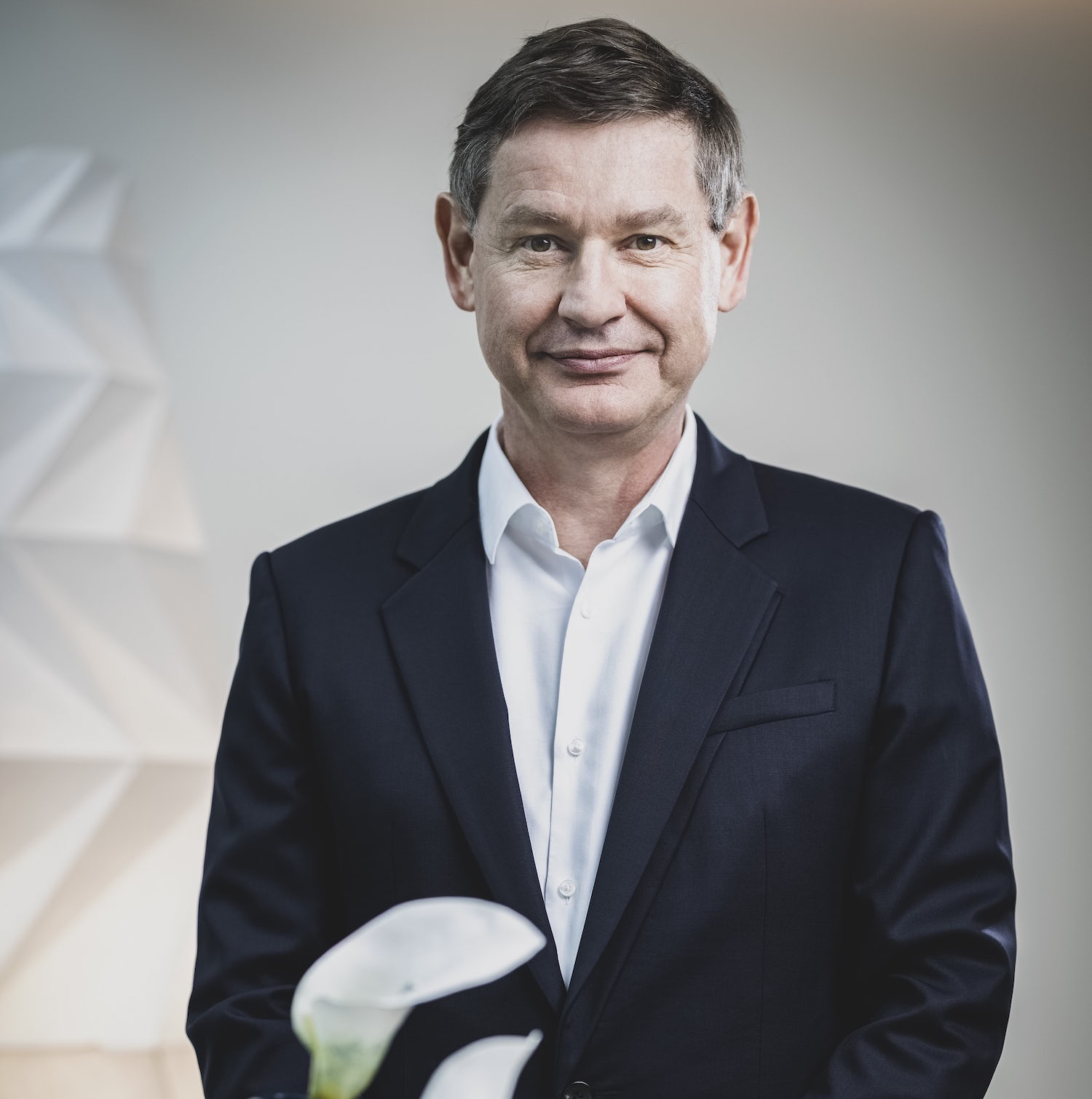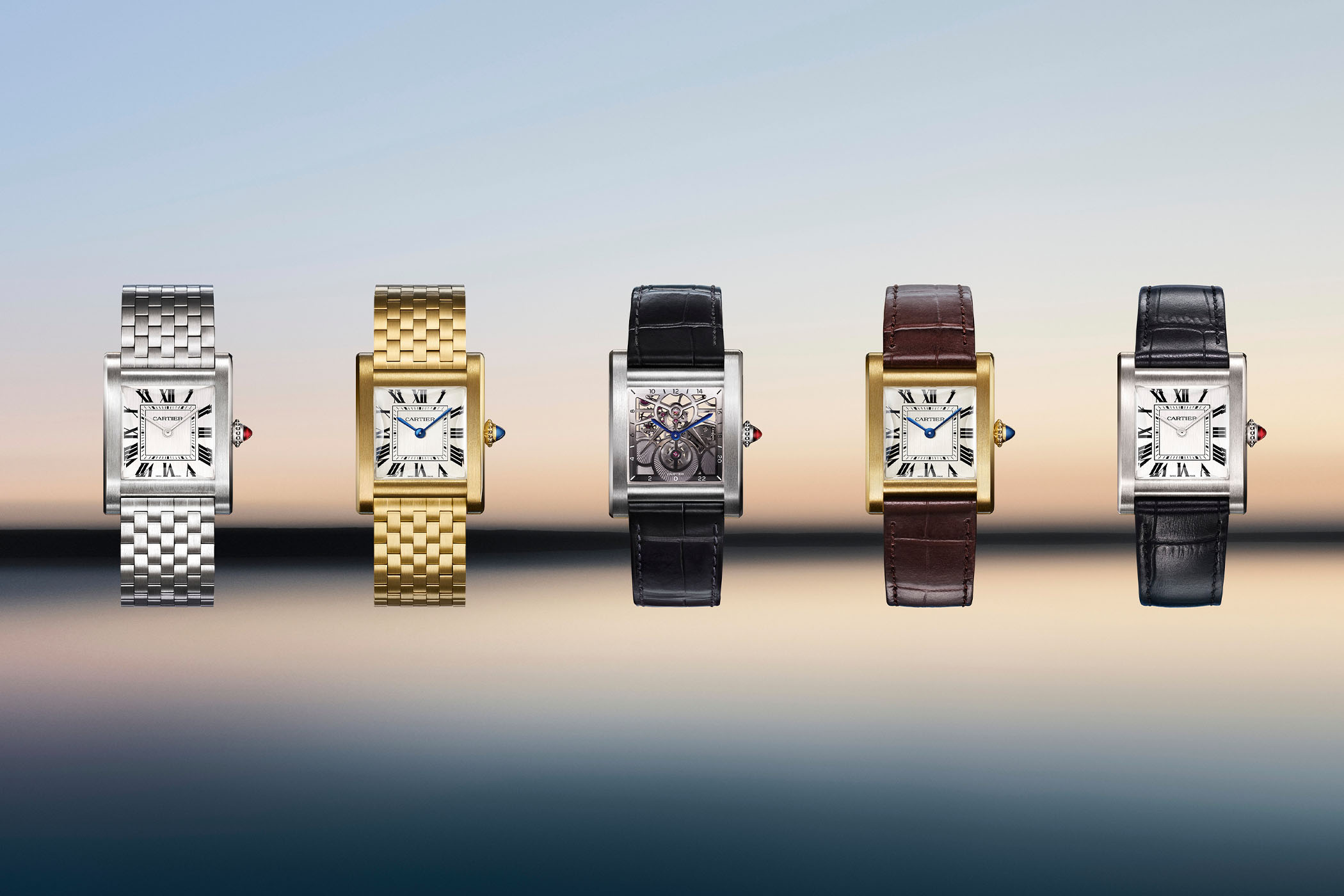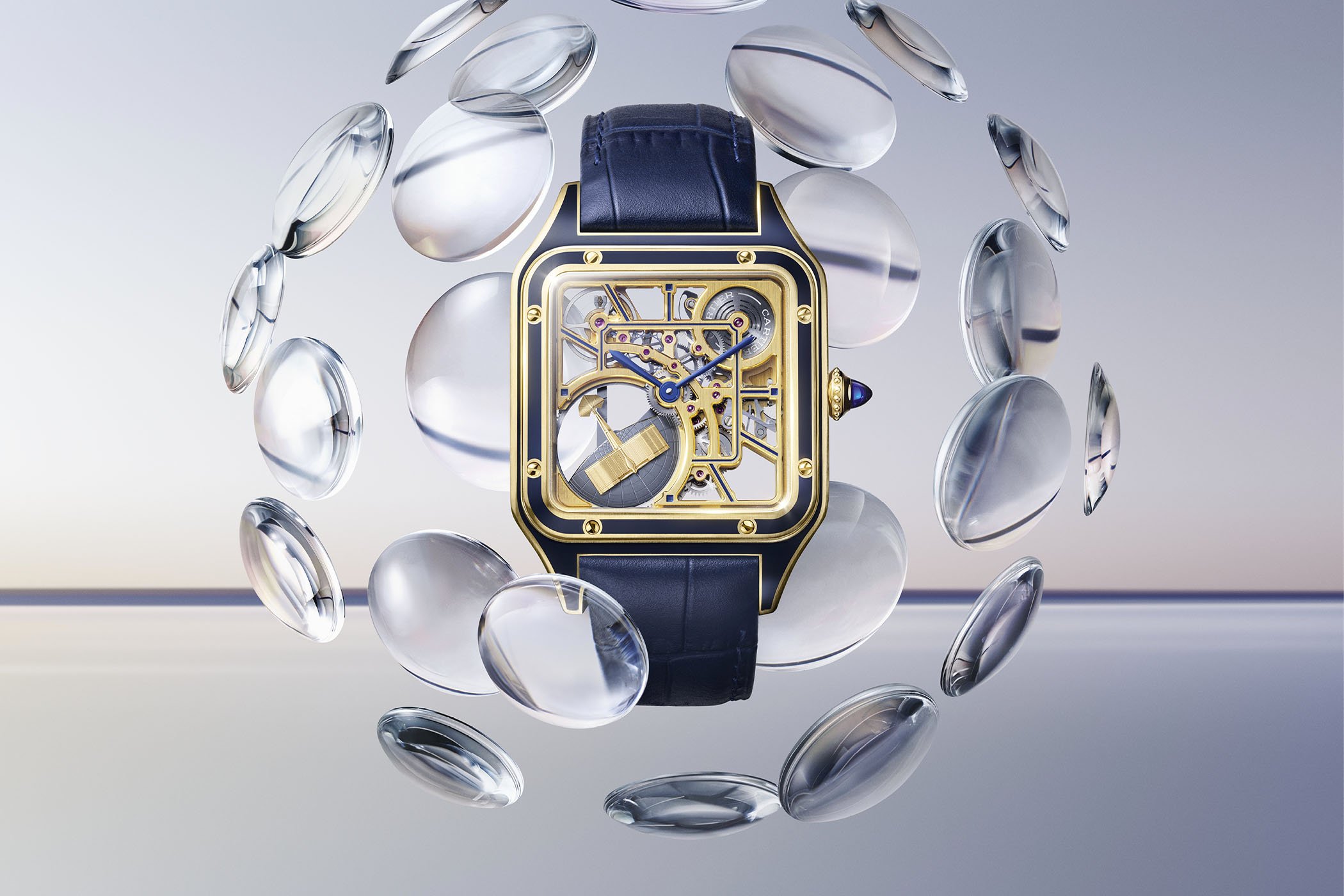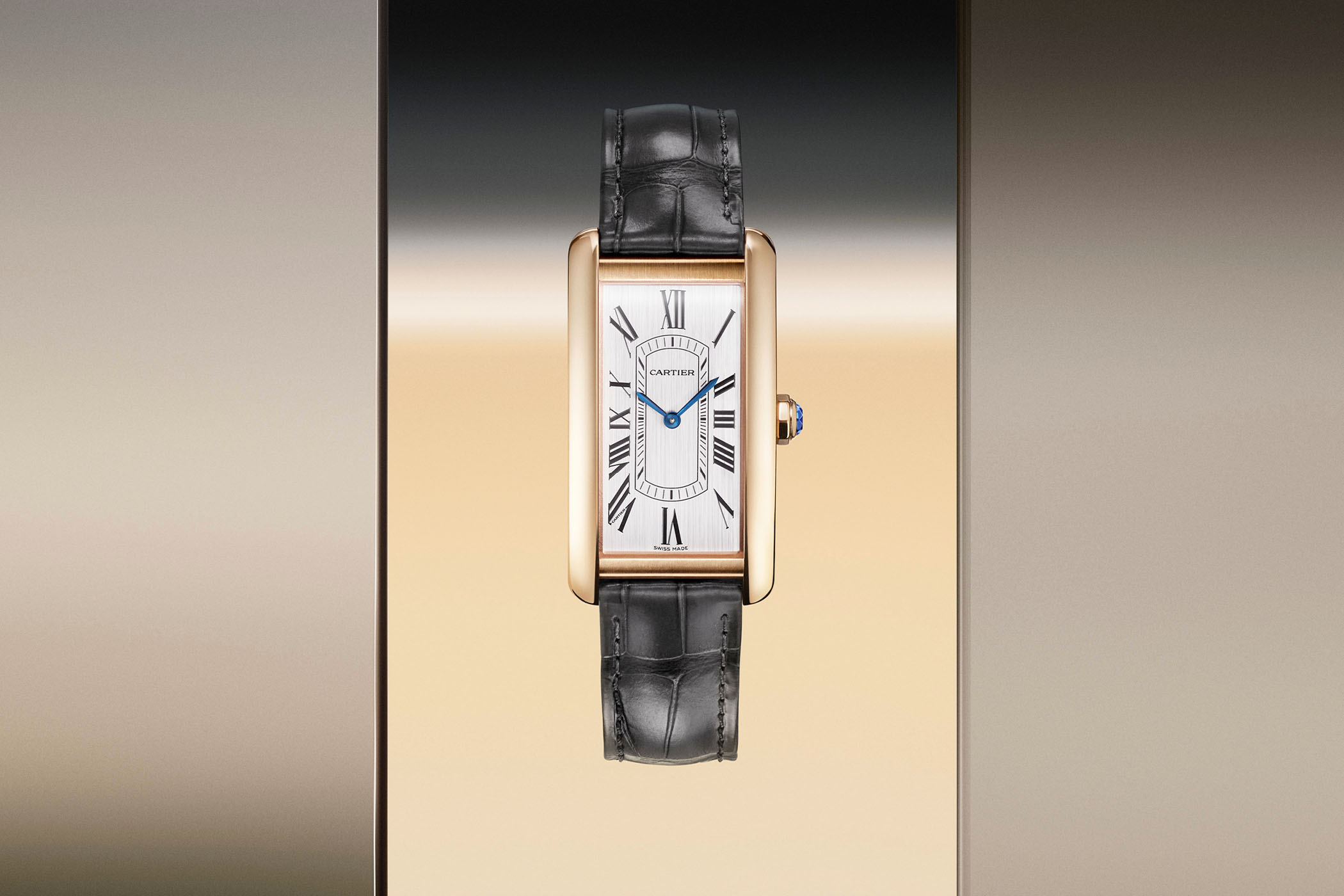Cyrille Vigneron, CEO of Cartier, On The New Models Presented at Watches & Wonders 2023 (And More)
New models, product strategy, second-hand watches and supply chain… All about Cartier.
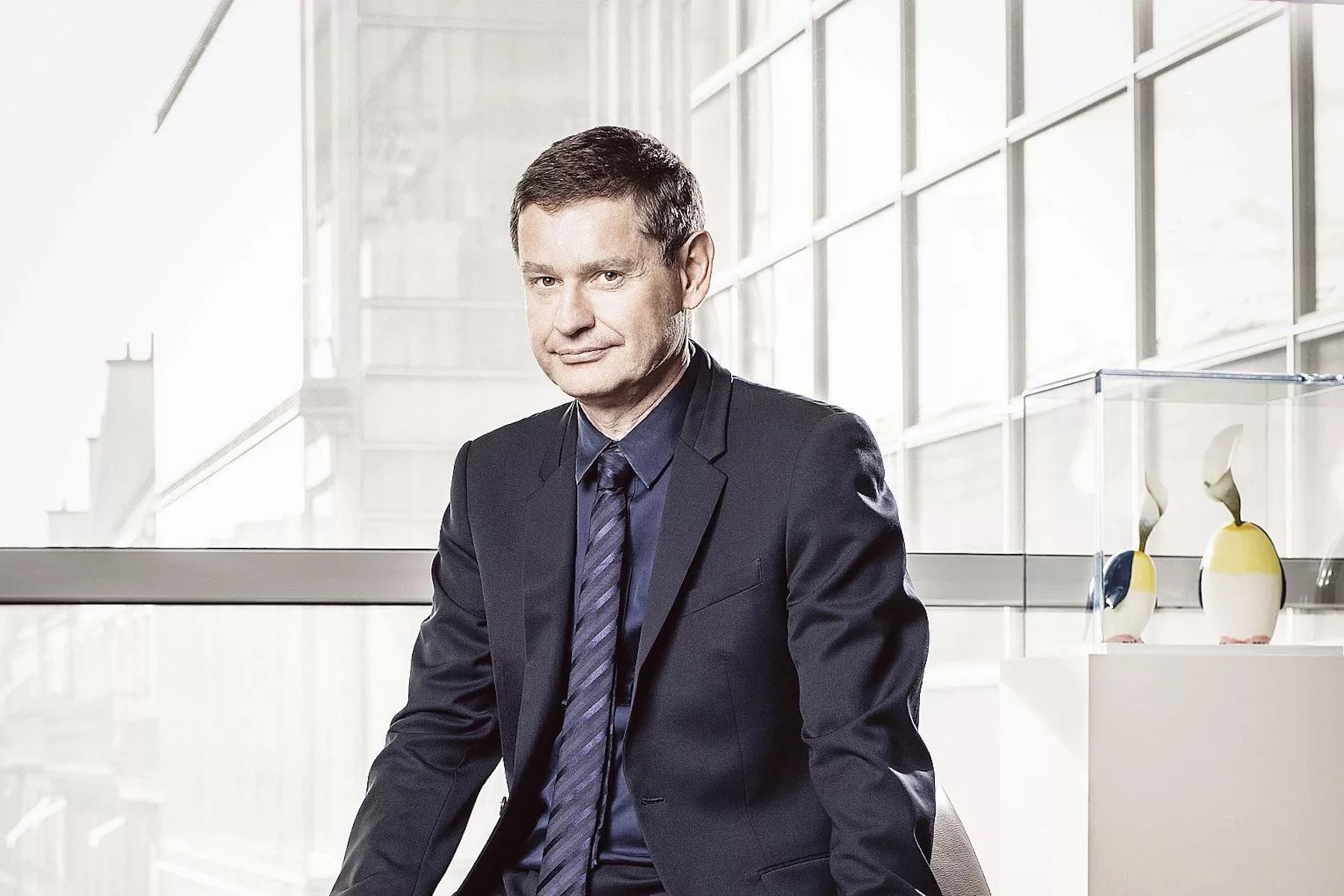
Cyrille Vigneron has had a long career with Cartier and has been the brand’s CEO since 2015, a period during which Cartier has enjoyed remarkable growth. Watches & Wonders provided the perfect venue to chat with Vigneron and learn how Cartier is adapting to the times. From a closer look at all the new watches that have been released this year, to more complex topics such as the second-hand market and the tensions on the supply of parts, we cover all aspects of Cartier as a brand.
Xavier Markl, MONOCHROME – There are many Cartier novelties at this edition of Watches & Wonders. What is the common thread for Cartier watches, and what makes them singular?
Cyrille Vigneron, CEO of Cartier – First of all, compared to 2015, we are presenting much fewer novelties. Many consider that the watch market is driven by newness. Well, this is partially true. The industry’s strongest players are often brands with distinctive, identifiable designs. It is important to have a clear brand image. Cartier stands for something unique. In this respect, shaped watches are what set Cartier apart. Everything stems from design, and technique is put at the service of design.
We dedicate specific attention to technique, savoir-faire and innovation as seen with the SolarBeat or the Masse Mystérieuse of last year. But design always comes first. One of the essential elements of the Cartier style is that it is timeless. You cannot date a Cartier design. Although we have a great variety of models, they are all intrinsically Cartier and timeless.
How do you approach stylistic innovation at Cartier?
Innovation is not an end in itself. It needs to be used to improve products and designs. But new products are sometimes not better than the ones they replace. You always need to evaluate the power of design and functionality carefully. The way you look at things is all important. Artists often provide a new look on old creations.
Regarding communication, we need to find different angles from one campaign to the other. This is what we have seen with Guy Ritchie’s movie that travels through time from 1917 to the Tank Française, featuring Catherine Deneuve in different cinematographic periods. It captures the timelessness of cinema and watches.
Our boutiques are innovative precisely because they are all different. Boutiques are usually uniform. But this is boring. Every country, street, and building has a different story, which is essential in how we approach our boutiques. Innovation is everywhere, but it is not an obsession.
What have been your priorities for Cartier watches since you have been at the helm of the brand?
The idea has been to refocus on the singularity of Cartier watches and on cultivating a distinctive image to address a large clientele, including connoisseurs and collectors.
Another issue is the idea of not being a specialised watchmaker, only focusing on technicality and mechanics, in particular for men. Cartier stands for a distinctive perception of elegance; we create beautiful watches for men and women. The repositioning has been on both design, which is quintessentially Cartier, and on a clientele that loves beautiful objects and balanced aesthetics.
We also have a constant preoccupation with our industrial activity and sustainability. We focus on strong traceability and transparency. These are two domains where the watch industry was not advanced and must be a concern. With the Watch and Jewelry initiative, we invite the whole profession to drive positive change and accelerate collective action.
The market for second-hand luxury watches is growing fast. More and more brands are launching Certified Pre-Owned initiatives. What is Cartier’s position?
Watchfinder or Bucherer are certified for Cartier Certified Pre-owned. I believe it is important to have third-party partners handle this. We take care of some old Cartier creations through “Cartier Tradition”, where we buy, check and restore pieces that are no longer in our collections. But generally, the more timeless your watches, the more difficult it is to set a purchase price. It is easier for a third party to determine a fair price. In this respect, I believe that reliable, neutral third-party partners are more credible than the brands themselves in handling second-hand models.
Therefore, except for some very old watches, we rely on Watchfinder, Bucherer and those interested in handling this professionally by inspecting, authenticating and refurbishing the watches properly so that they can be guaranteed and reliable.
The watch industry supply chain is under pressure. How are you organised to handle it?
We have great industrial flexibility allowing us to have adjustable internal and external production capacities. Not with regards to employment but through production processes that can be adapted. The more the production process is automated, the easier it is with one, two or three shifts. New high-speed machining allows for even more reactivity.
Technological innovation in processes is also important. For instance, hot stamping and integrated machining allow for greater efficiency and reactivity. Production cycles are shorter and more adaptable. We know how to adapt our production capacity relatively quickly, internally and with suppliers, which implies sharing technology.
We have also worked on synergies between watchmaking and jewellery, which have different production cycles. This allows us to shift production from one production site to the other.
We are increasing our production capacities. For jewellery, we have opened a production site in Torino, Italy and are building a larger factory in Valenza. We are also investing in Switzerland with the Couvet site, with the “Manufacturing Lab”, where areas will be set aside for production activities.
For more information, please visit www.cartier.com.

